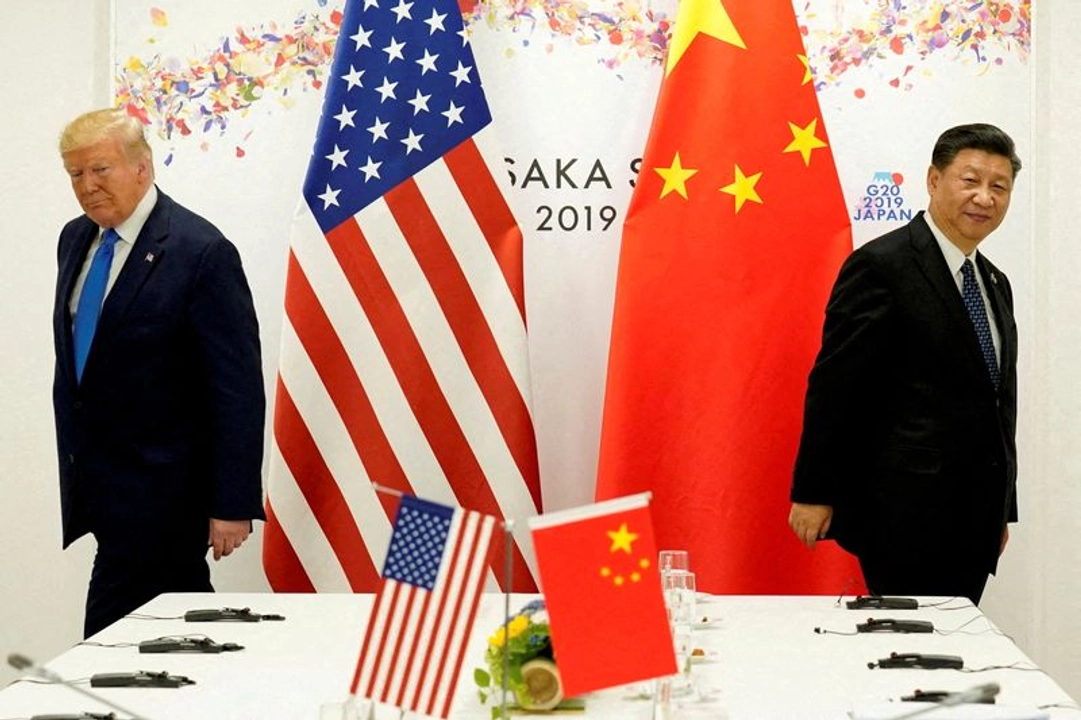China has announced a sharp increase in tariffs on U.S. imports—raising them to 125%—in response to U.S. President Donald Trump’s decision to hike duties on Chinese goods to 145%. The tit-for-tat escalation further deepens the trade standoff between the world’s two largest economies and threatens to disrupt global supply chains.
The tariff hikes come after the White House intensified pressure on China, opting to impose steeper duties on Beijing while pausing reciprocal tariff increases for dozens of other countries. China, one of the largest exporters to the U.S., was specifically targeted in the latest round of tariff adjustments.
In a strongly worded statement, China’s Finance Ministry condemned the U.S. action, calling it “abnormally high” and a violation of international trade norms. “The U.S. imposition of such extreme tariffs on China seriously breaches international trade rules, defies basic economic logic, and constitutes unilateral bullying,” the statement read.
The U.S. tariff hike—jumping to 145%—was announced Thursday by President Trump, who has repeatedly criticized China for what he claims are unfair trade practices. In a post on Truth Social, Trump said, “At some point, hopefully in the near future, China will realize that the days of ripping off the U.S.A. and other countries is no longer sustainable or acceptable.”
This latest move signals a major escalation in an already volatile trade relationship. Over the past year, both sides have imposed tariffs on hundreds of billions of dollars’ worth of goods, fueling market uncertainty and complicating international commerce.
Analysts warn that these new measures could significantly impact businesses and consumers on both sides, with potential ripple effects across global supply chains and markets already grappling with inflation and economic slowdowns.










